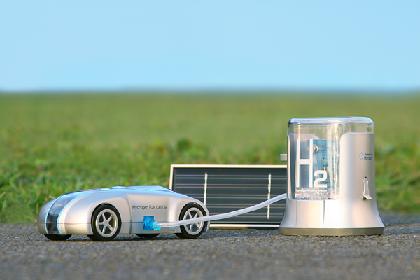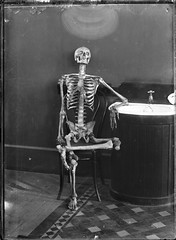Camels Go Solar
While many companies and organizations around the world are jumping on the solar bandwagon, this unique program is like none other! Soon, a cost-effective and eco-friendly initiative that delivers door-to-door medical care services to people in remote areas of Africa, is about to begin.
Nomadic Communities Trust (NCT) is taking an innovative approach to reaching isolated communities in Africa – camel convoys! Due to the harsh terrain and lack of adequate roads, camels will be utilized to transport much needed medicine and crucial vaccines to people in rural and poverty-stricken areas in Kenya. But wait - there's more!
Although NCT has used camels mobile health clinic programs in the past, there was no adequate method of properly delivering medicine that required refrigeration across rough terrain - until now. Collaborating with Princeton’s Institute for the Science and Technology of Materials (PRISM) and Designmatters, the team designed a lightweight and cost-effective solar-powered refrigeration system that straps right onto the camel's back.
Integrated Mobile Health Care Clinics:
Camels will be fitted with special solar-powered refrigeration units. The compartmented refrigerator is covered with crystalline solar panels that power the refrigerator generator. The unbreakable and foldable solar panels can also be used in the field, providing light and refrigeration during the mobile clinics. A foot-powered system is also included to provide backup. The system is housed in a specially designed bamboo saddle that is both durable and ergonomic.
Sisal ropes are frequently used to secure heavy loads onto camel’s backs. But the ropes tend to cut into the animal's skin, causing pain and discomfort which usually results in the camel shifting the load. The collaborators designed a multi-function camel packaging system that includes an ergonomic frame comprised of lightweight aluminum that contours to the camel’s body.
Along with the camel caravan, a special team of camel-handlers, counselors, a nurse and pharmacist, will travel to the remote areas to deliver door-to-door medical services to people in previously inaccessible locations. The team may travel for several days or up to three months.
Bronx Zoo camels were used as test “guinea pigs” for fittings of the system. The Kenyan Ministry of Health (MOH) and theCenters for Disease Control and Prevention (CDC) have provided funding and in-kind support to NCT over the past several years. If funding is secured, the program is expected to begin sometime in 2010.


























